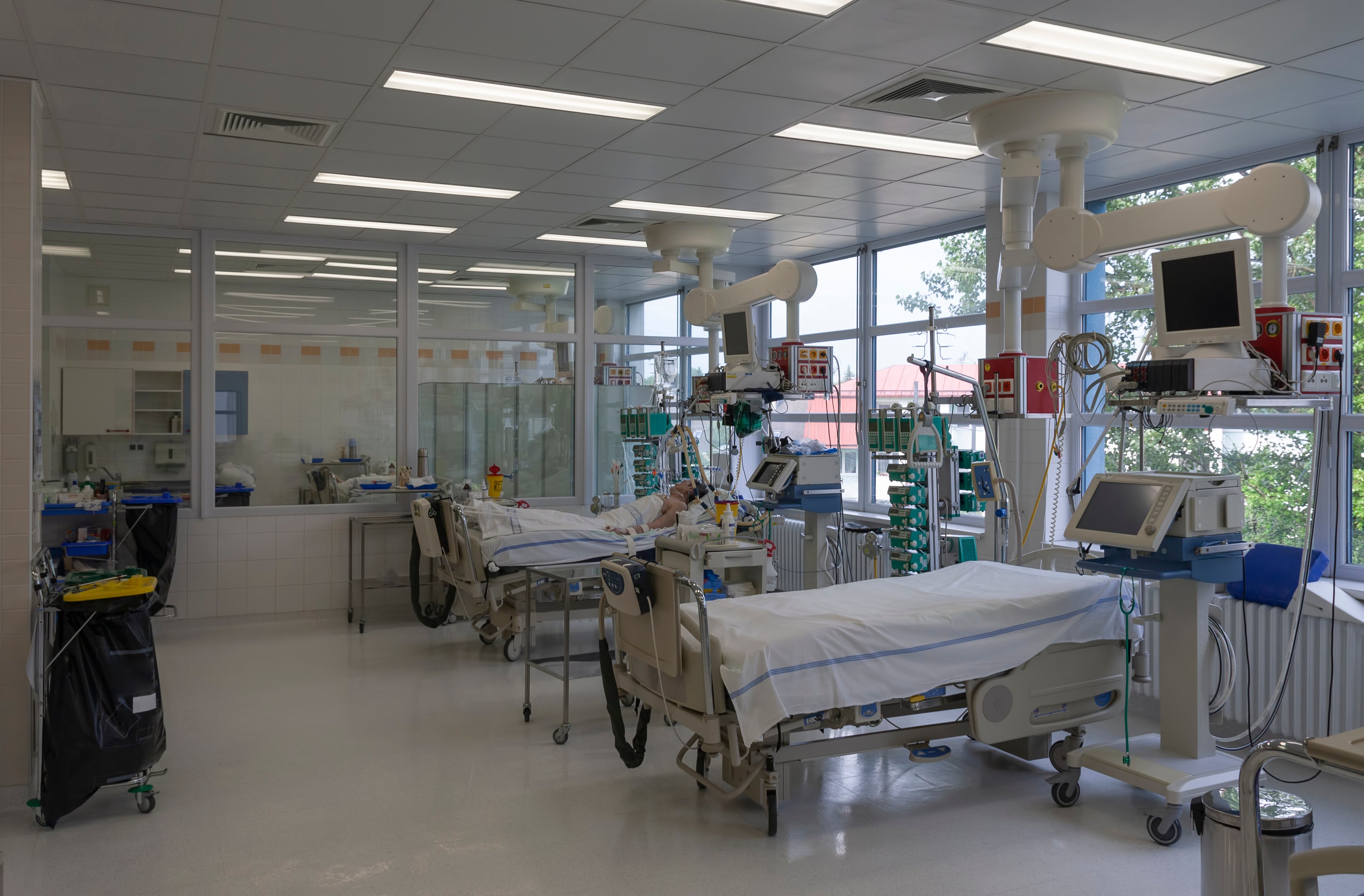Covid: Ventilation rate needs to be 50 times higher to beat Omicron spread, experts warn
Researchers urge caution in spending long periods of time in confined spaces

Experts have warned that room ventilation rates need to be 50 times higher to prevent the spread of Omicron.
One in 35 people tested positive for Covid in both England and Scotland, one in 40 in Wales, and one in 30 in Northern Ireland as of week ending 24 October.
Though vaccination has significantly helped reduce the spread of Covid, variants of the virus continue to evolve.
Researchers examined how the risk of air-borne transmitted diseases may be higher in confined spaces.
They calculated the minimum dose of virus particles necessary to cause an infection for each variant.
They then put these values into the Wells-Riley equation—a calculation that estimates how likely an individual is likely to become infected from airborne transmissible diseases at different rates of ventilation in a room or building.
The ventilation rate is defined as the rate at which fresh air flows into a room or building, measured in cubic meters per hour.
The Wells-Riley calculation said that for someone to have under one percent chance of being infected, the room or building had to enjoy a ventilation rate of 100–350 cubic meters per hour if they were in there for 15 minutes, and 1200–4000 cubic meters per hour if there for three hours.
Publishing their findings in the journal Building Simulation, the researchers found that for all three variants of concern, ventilation rates had to increase substantially to ensure an infection probability of under one percent.
“Without any additional measures, this means the Alpha variant requires a ventilation rate some four times aggressive than the ancestral strain,” said Bin Zhao, professor at Tsinghua University in Beijing, “while the Delta and Omicron variants require ventilation rates roughly 20 times and 50 times greater. This is difficult to meet for actual building engineering.”
The researchers proposed that the risk of infection drops significantly if both the infected person and susceptible person are wearing N95 masks.
They also said that preventing avoiding long periods of time exposed in confined spaces is crucial in reducing the risk of Covid.
Subscribe to Independent Premium to bookmark this article
Want to bookmark your favourite articles and stories to read or reference later? Start your Independent Premium subscription today.

Join our commenting forum
Join thought-provoking conversations, follow other Independent readers and see their replies